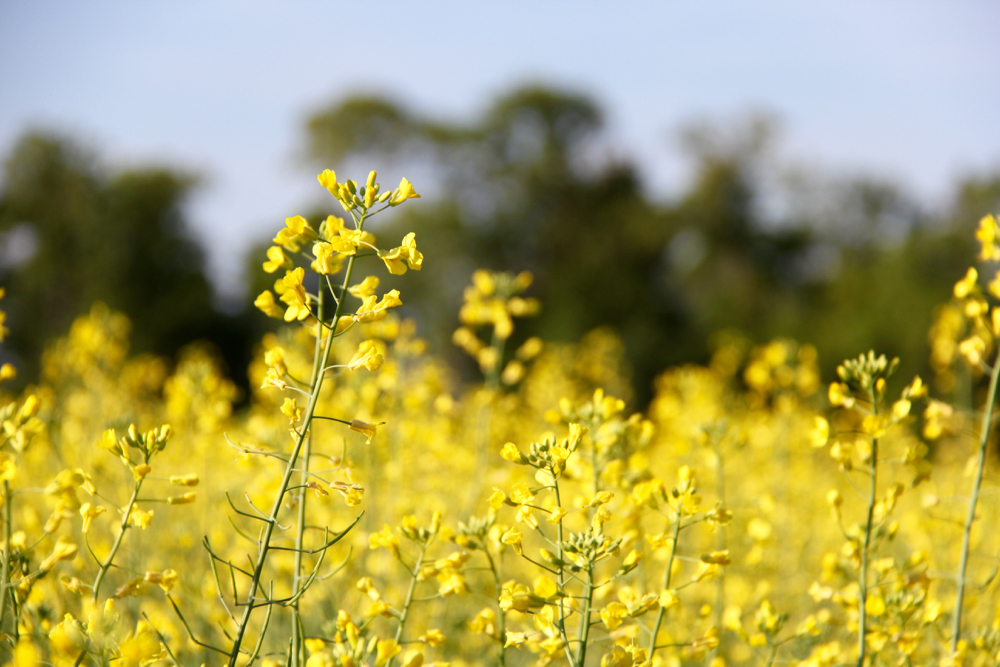Winnipeg (Resource News International) — Early indications point toward average
weather conditions across the Canadian Prairies and the U.S.
Midwest this summer, according to a meteorologist at the
Canadian Wheat Board’s (CWB) annual GrainWorld conference here Tuesday.
Pacific Ocean surface water temperatures along the equator
are currently at their fifth-coolest levels of the past 50
years, indicating a strong La Nina weather pattern, said Mike
Tannura of Chicago-based farm forecasting service T-Storm Weather.
However, looking at the
Read Also

ICE canola weekly outlook: Market rangebound
ICE canola futures saw some wide price swings during the week ended Nov. 5, although the market remains stuck in a sideways range overall.
and ocean temperatures will return to average levels, he said.
While there is not a strong correlation between winter
weather conditions and what happens during the North American
growing season, Tannura noted that U.S. corn and soybean yields are
typically average, to slightly below average, in summers
following a La Nina.
Droughts are rare following a
La Nina, he added, as they typically occur when conditions shift from an El
Nino to a La Nina.
Worldwide, Tannura didn’t see any major weather-related
issues on the horizon. Current forecasts would see the
jet stream moving across the Canadian Prairies and the U.S. Midwest
during the summer months, increasing the chances of
In Australia, eastern areas of the country should continue
to see much needed moisture, said Tannura. However, western
regions could use some more rainfall.
Tannura said there were no real weather problems in Russia or in Europe, except for Spain which is currently experiencing a
drought.
While he thought conditions would be favourable for growing
wheat across most wheat-growing regions of the world, Tannura
pointed out that there are many variables that will cause the
forecasts to change.
While there are dozens of
computer models, each with their own prediction for the future,
the one thing to keep in mind is that “they’ll all be different
and they’ll all be wrong,” he said.















